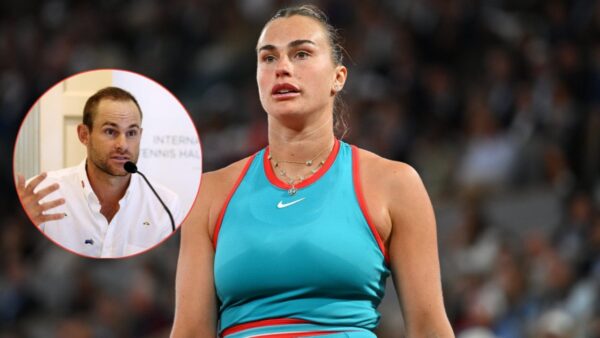Toto Wolff claims Red Bull copied the Mercedes W14’s ‘Great Wall’ design for RB20
Red Bull made significant design changes inspired by Mercedes in 2-24.

Christian Horner with Toto Wolff (via IMAGO)
Red Bull’s RB20, a challenger, shares similarities with Mercedes’ predecessors of the W15. Despite previous success with the RB19, the new challenger is more aggressive. After one of the most dominant years in Formula 1 history, Adrian Newey and his technical team decided to make significant changes to their new car the RB20. The new design’s side pods and engine cover, which are reminiscent of the abandoned Mercedes concept utilized in the W14, were prominently featured.
Mercedes team principal Toto Wolff claims the RB20 shares characteristics with Mercedes’ 2022 and 2023 car designs, which the team has since abandoned. The “Great Wall” engine cover and side pods are similar to the W13/W14 series, but Wolff claims the true secrets are concealed.
Well, there are a few things that they have adopted from our car. Not just the zero sidepod, but of course we also had this bodywork engine cover, which we called 'The Great Wall', which they have adopted. It's not marvellous aesthetically, but it makes sense. But the real performance takes place on the underfloor. These are ground-effect cars, where it's also about the downforce and the mechanical handling characteristics.Toto Wolff said, as reported by motorsport.com.
As stated by Wolff those are the places where Red Bull has excelled in recent years. There has likely been additional development, but not as much of a conceptual shift as what the bodywork initially appears to indicate. Wolff also added that Red Bull had chosen to do as the wind tunnel advised rather than just develop an idea that was already proven to be successful.
Mercedes has introduced an adjustable F1 suspension scheme for the W15
Mercedes has changed the front suspension and chassis in a way that makes it easier for the team to adjust the inboard end of the suspension leg to get the best setup possible for each track. Mercedes has a great deal more freedom in this area than most teams, who usually only have millimeters of freedom, thanks to this design that enables them to move the inboard end of the suspension leg to better suit their needs.

At first, this move was thought to be a pre-season diversionary strategy meant to scare rival teams. Different wishbone configurations can be made possible by the larger hatch on the side of the W15’s chassis, which leads to unique kinematic and aerodynamic responses. Mercedes mounted the upper wishbone’s rear leg higher on days one and two of the preseason test, but on the third and last day, it was lowered to assess the device’s usefulness.
Mercedes’ W15 design offers different benefits based on the position selected and includes a multiple mounting-point arrangement with anti-dive features. Mercedes may benefit from this in different circuits where other drivers are forced into less advantageous configurations. While this is a novel arrangement for Mercedes, the company has previously experimented with inventive suspension design.
In case you missed it:
- Geri Horner garners support from her former $540 million worth girl group amidst husband Christian Horner’s sexual allegations case
- McLaren bashes claims of their car being too similar to Red Bull’s RB20, insists the MCL38 is ‘completely different’







